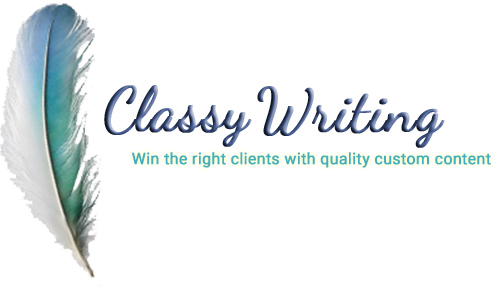5 Ways to Improve Your Business E-Newsletter Headlines
1. Test some emojis in e-newsletter headlines – Depending on your audience and the context, one per subject line is fine to help your readers understand the content. They’re more common in business-to-consumer than business-to-business newsletters. Certain companies and industries, such as the legal field, which have strict advertising guidelines, may frown ☹️ upon them.
2. Stay error-free – Don’t make typos — not even intentionally. Some marketers make mistakes (or pretend to) to give them an excuse to send an update later. As I’ve discovered through trial and error, a correction email often gets more opens than the original. But it’s better to be honest.
3. Write it well – As SaaS content writer Masooma Memon suggests, “Keep subject lines short, clear, and simple.” She also advises that power words, such as “insider” and “secret” can entice clicks.
4. Keep to one subject (per line) – Describing more than one topic in an email headline doesn’t always work when attention spans tend to be short. If you have more to say, save it for the preview text, where you can expand on the meaning if it makes sense to do so.
Example:
Subject: See How Knowledge College Can Secure Your Future at Our Open House
Preview text: And get the secret recipe for career success.
5. Avoid click-bait – For example, if you’re promoting a breakfast seminar, it’s better to describe the subject of the talk rather than writing, “Bacon, Bacon, and More Bacon!”. When readers discover the true nature of the email, they can feel like you’ve conned them, and you may lose credibility with them.
Based on a #ContentChat hosted by Erika Heald.
Does your e-newsletter fail to get clicks? Find out what you should tweak to help your content connect with readers and gain the right leads.
What are some other ways to polish your e-newsletter headlines? Feel free to comment further below.
Quotes
“When it comes to email marketing, the best subject lines tell what’s inside, and the worst subject lines sell what’s inside.” ~ MailChimp
“A subject line is like a newspaper headline, a title on a book’s spine, or the key slogan of a print media ad. It tells the user that this is all about. And it should do so in sparkling style — seamlessly channeling your brand.” ~ Win Goodbody, Senior Product Manager, Sitka Technology Group


